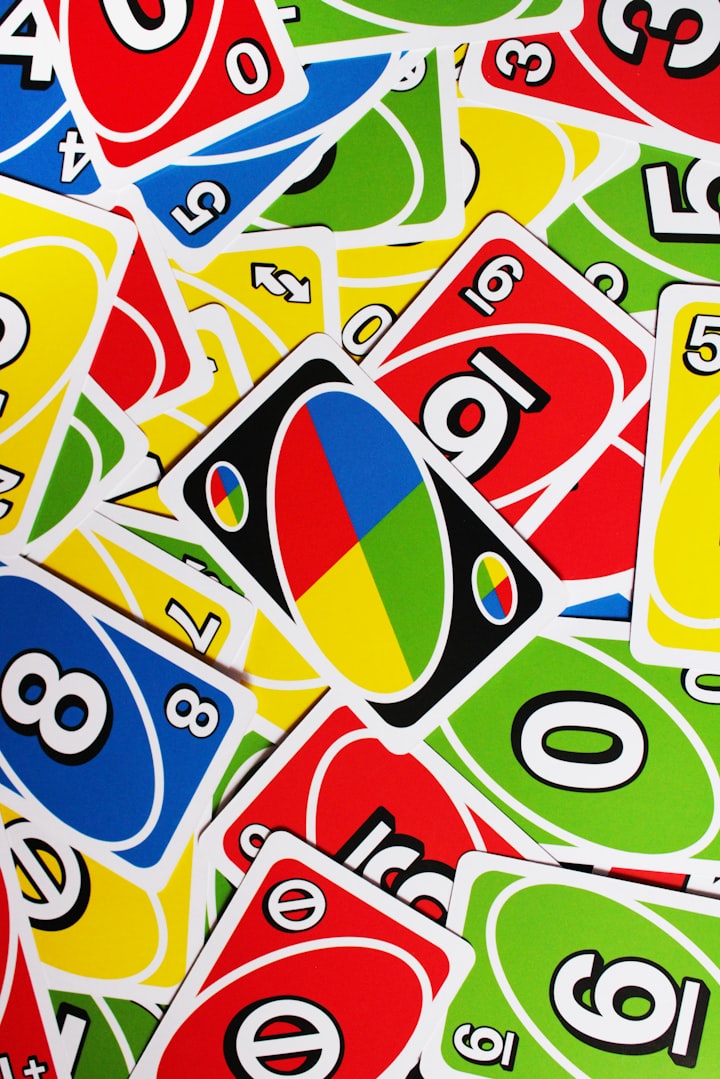Profitable Investments May Be Dependent On Misdirection To Mislead John Q. Public
A magician’s sleight of hand trick known as misdirection is something that can be really useful in this analysis.

Many magicians use misdirection as a trick to get their audience focused on something that may not be important, such that the next part of their trick can be conducted away from the watchful gaze of the audience.
The magician duo of Penn and Teller are masters at their craft, and they can show off their misdirection skills on TV, which still fools the next person watching it anyway. Unless the person is a skilled enough to know what to look out for.
They did use it to good effect on the Jimmy Fallon Show before:
But misdirection is not necessarily limited to the magician’s realm.
Industries manipulate science to misdirect entire populations, too.
As a journal article in JAMA Internal Medicine stated,
Early warning signals of the coronary heart disease (CHD) risk of sugar (sucrose) emerged in the 1950s. We examined Sugar Research Foundation (SRF) internal documents, historical reports, and statements relevant to early debates about the dietary causes of CHD and assembled findings chronologically into a narrative case study. The SRF sponsored its first CHD research project in 1965, a literature review published in the New England Journal of Medicine, which singled out fat and cholesterol as the dietary causes of CHD and downplayed evidence that sucrose consumption was also a risk factor. The SRF set the review’s objective, contributed articles for inclusion, and received drafts. The SRF’s funding and role was not disclosed. Together with other recent analyses of sugar industry documents, our findings suggest the industry sponsored a research program in the 1960s and 1970s that successfully cast doubt about the hazards of sucrose while promoting fat as the dietary culprit in CHD.
We can see two things in that quote.
The SRF sponsored a study that demonised fat and cholesterol as the causes of coronary heart disease, while conveniently obscuring or downplaying the evidence that sugar was also a risk factor.
The SRF’s funding and role was not disclosed.
And we still are reeling from the effects of that scientific manipulation from 1965. For example, many people still do believe that eating too many eggs cause high cholesterol. Others still do think that fat and cholesterol are more culpable for causing heart disease than sugar does.
Brilliant misdirection, you reckon?
But what else comes about as a result of that misdirection?
When the SRF legitimised the consumption of sugar, more companies found it profitable to jump onto the processed food bandwagon.
In the United States, though, an even more diabolical twist occurred as the result of massive corn subsidies.
Manufacturers found it better for business to use a corn-based sweetener, high fructose corn syrup (HFCS) for preparing all those processed foods, because (i) the use of HFCS promotes moisture retention (and the shelf life) in a processed food product, (ii) the high concentration of reducing sugars contributes to a better Maillard browning effect (which is the essence of Type 2 diabetes, of course!) and (iii) a better product stability.
But there’s still a bigger gut punch than this.
These processed foods are terribly addictive, which is, of course, extremely good for business too. As it is said about HFCS:
So what’s so bad about HFCS, the ubiquitous ingredient so essential to the inner aisles of the American supermarket? A tablespoon of the super sweet stuff packs in roughly 53 calories, 14.4 grams of carbohydrates and 5 grams of sugar, while an entire ear of corn has about 123 calories. It’s much easier to ingest extra, empty calories when they’re processed down to a sugary additive, which enhances the flavor of processed foods.
As an ingredient, HFCS was shown in a 2013 study to be as addictive as drugs, like cocaine or heroin, with salt proven to have similarly addictive, opioid-like qualities.
People would come back and become recurring “subscribers” to these processed food products.
And of course, most of the discount coupons that supermarkets offer these days… are they for the fresh produce or meat, or for processed foods?
What do we see in the shopping carts of reality TV shows such as Extreme Couponing? It’s mainly mountains of processed foods and rarely, if ever, fresh produce. People go all out to hunt for those discount coupon codes to load up on a ton of unhealthy stuff — and they think that they’re pretty smart for that.
Well, not when they get addicted to the stuff that they’re buying and proceed to buy more, isn’t it?
As a result, the consumer’s health slowly drains away… but not before their wealth gets reduced (albeit ever so slightly) by these “subscriptions” to the processed food industry.
Well, not when they get addicted to the stuff that they’re buying and proceed to buy more, isn’t it?
And we know that an overconsumption of these foods ain’t good.
Because if an overconsumption of sugar is going to lead to the development of Type 2 diabetes or heart disease, then what is to be expected from a population that is overdosing on sugar?
More of them will get sick and lose their health…
Then the doctors refer them onto a cocktail of products, again manufactured, but this time by pharmaceutical companies.
They don’t come cheap.
It’s a massive wealth finesse. When 35 million Americans are prescribed statin drugs, how much are the pharmaceutical companies earning?
And that’s just one drug. Multiply that by however many drugs there are around in the market.
The US Congressional Budget Office has 2 important things of note:
- In 2019, the pharmaceutical industry spent $83 billion dollars on R&D. Adjusted for inflation, that amount is about 10 times what the industry spent per year in the 1980s.
- Between 2010 and 2019, the number of new drugs approved for sale increased by 60 percent compared with the previous decade, with a peak of 59 new drugs approved in 2018.
Research and development (R&D) is an important investment arm for the pharmaceutical industry precisely because it is a gamble that the investment will result in the production of a new patent that can spin off the next round of obscene profits on a newly patented drug.
(Even as we speak, Pfizer and Moderna are profiting $1000 PER SECOND from the sales of their COVID-19 vaccines.)
A cut of those profits can be re-invested to fish out the next patent.
All this is dependent on the doctor being a “paragon of authority” with regards to medical science. When we can ignore the fallibility of a doctor, we’re assuming that they’re god-like perfect. And we humans know that we are imperfect and we don’t know everything, so why do we assume that doctors are god-like perfect?
Doctors go wrong in many ways: they misapply evidence-based medicine; their training doesn’t teach them how to learn from mistakes (actually they can’t even admit when they make a mistake); they are susceptible to bribes and misinformation from big pharma; they are prone to a host of cognitive errors that they are unaware of–attribution error, availability error, search satisfying error, confirmation bias, diagnostic momentum, commission bias; they work in a system that rewards hurrying as many patients through as possible; and finally the classic–they don’t listen to patients.
Because if the doctor is a paragon of authority, the doctor can prescribe just about anything that seems relevant to the health situation of the patient without listening to them.
And if the patient just follows through with it and takes the entire prescription… once sold, no refunds!
All brought about by the misdirection where people assume doctors to be infallible. But again, highly profitable.
Investments thrive on misdirection to be extremely profitable.
Can I misdirect and manipulate people into investing in cryptocurrency even if I don’t know how the trend will be like in the next year?
Look at all those “gurus” out there — I don’t need to be the next “guru”.
But knowing which industries thrive on popular misdirections does also allow for the development of financial savvy when investing my own money, isn’t it?
It’s also good for knowing which industries are hot and will be perennially employing people for the years to come!
This article was originally published in Medium.
About the Creator
Dr Joel Yong
Engineering biochemical support strategies for optimal health. Subscribe to my mailing list to not miss out on the latest content!






Comments
There are no comments for this story
Be the first to respond and start the conversation.